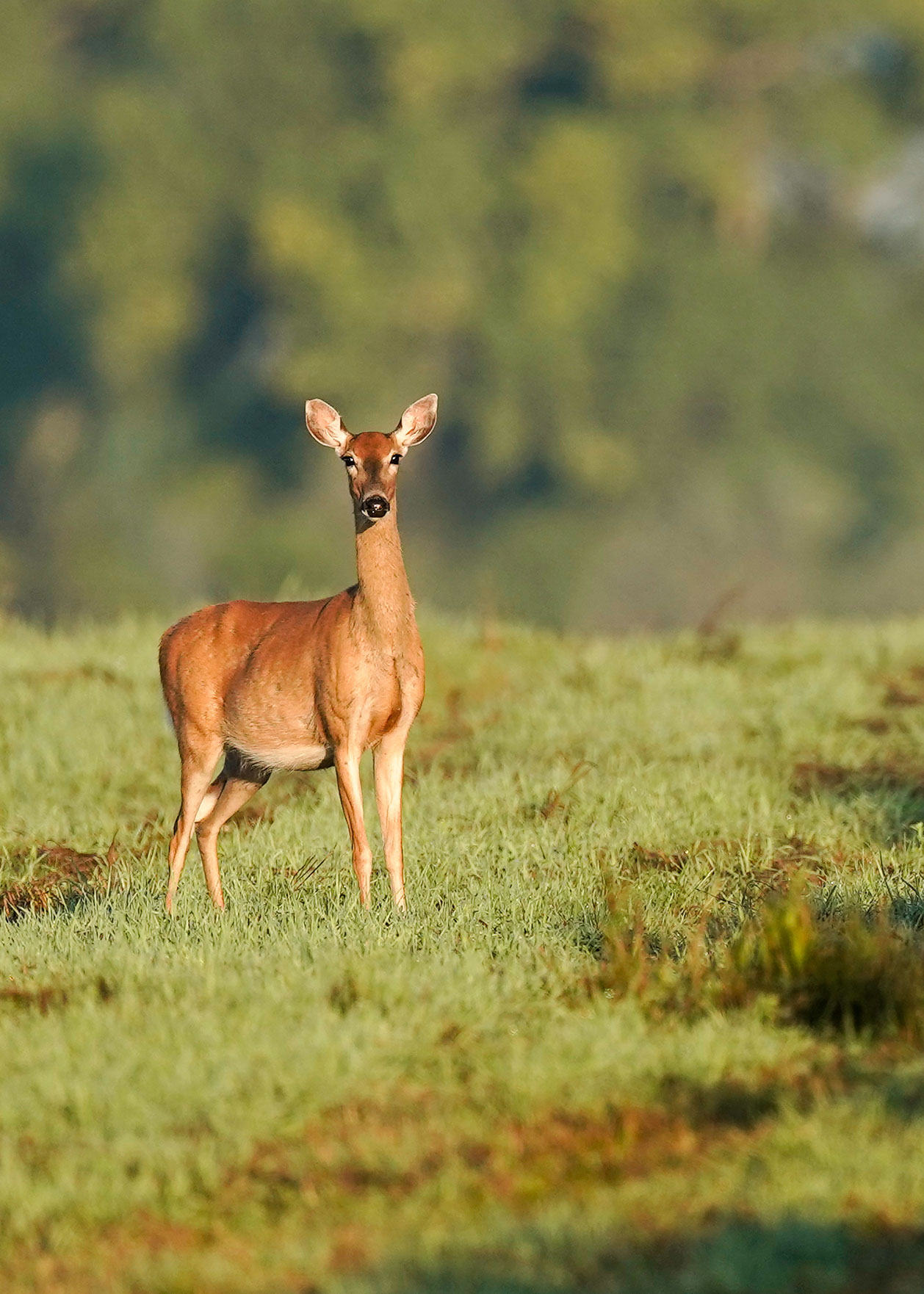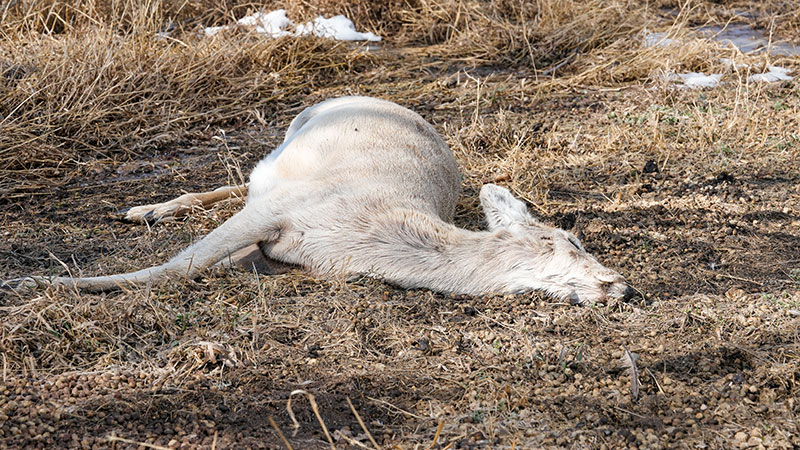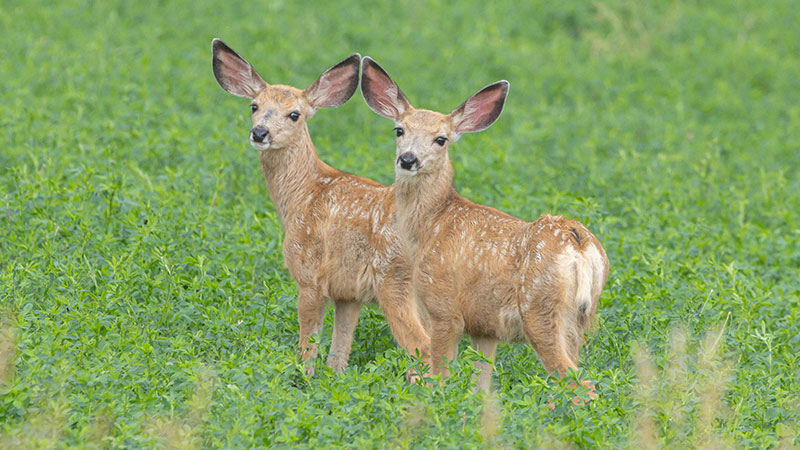Slow Rebound
Ron Wilson

The winter of 2022-23 was a doozy. Historic in some regards. We remember it arriving in early November and loitering until sometime in April.
Areas of North Dakota received 100 inches of snow or more over those six months, making life extremely difficult for some wildlife and deadly for others.
Not surprisingly, an untold number of deer died that winter.
The death toll was higher in some parts of the state than others. The fallout, and there were more than a few, was a reduction of nearly 11,000 licenses for deer gun season from the season prior.
Understandable.
The reduction in tags, considering the number of deer that died of exposure and starved, coupled with the reality that many does were simply unable to have fawns, is something hunters can wrap their heads around.
But here’s the head-scratcher.
Last winter was a doozy, too, but thankfully on the other end of the spectrum.
Snow wasn’t an issue. Nor were agonizingly long, bitter cold stretches that hung around like unwanted houseguests.
Yet, while deer and other critters were gifted a much-warranted winter that, if nothing else, increased the odds of does successfully birthing young, the Game and Fish Department again reduced the number of licenses by 3,300.
What gives?
“The problem with bad winters is that it curbs the deer herd in a hurry, and the rebuilding is awful slow. That’s especially true in those areas of the state where habitat is limited,” said Casey Anderson, North Dakota Game and Fish Department wildlife division chief. “The other thing that happened was that we had a lot of deer that didn’t have fawns coming out of that bad winter. Essentially, you’re talking a year where we didn’t have many animals recruited into the population.”

Deer that died during the 2022-23 winter.
Anderson said wildlife biologists lean in a number of directions to determine the number of deer gun licenses to make available to hunters each fall. In addition to harvest rates and winter aerial surveys, which weren’t conducted last winter because of the lack of snow, Department staff monitor other population indices to determine license numbers, including depredation reports, hunter observations, input at advisory board meetings and comments from hunters, landowners and Department staff.
“One of the big ones is hunter success and it tells us over time what’s happening on the landscape,” Anderson said.
“I don’t know if I get tired of talking about our need for more wildlife habitat. It’s part of the job, right? What’s important is making people understand if they want more deer, pheasants and other wildlife on the landscape, that’s what it’s going to take,” he said. “People will ask about changing the way lotteries are divvied out, making it easier for people to get tags or whatever. I mean, these are really all band-aids to the problem. They may help you for a year or two, but ultimately, it’s going to take habitat on the landscape to get all hunters more opportunities.”
While it was more difficult to draw a deer license this year for some hunters, there’s hope things will be different down the road.
“We have the opportunity to see good number of fawns being added to the population this year,” Anderson said. “The body condition of does should be excellent coming out of winter, which could lend itself to some high fawn rates … high twin rates is the hope. But we’ll see as time goes on what the habitat looks like for their ability to have those fawns and keep them protected and make it through summer.”


